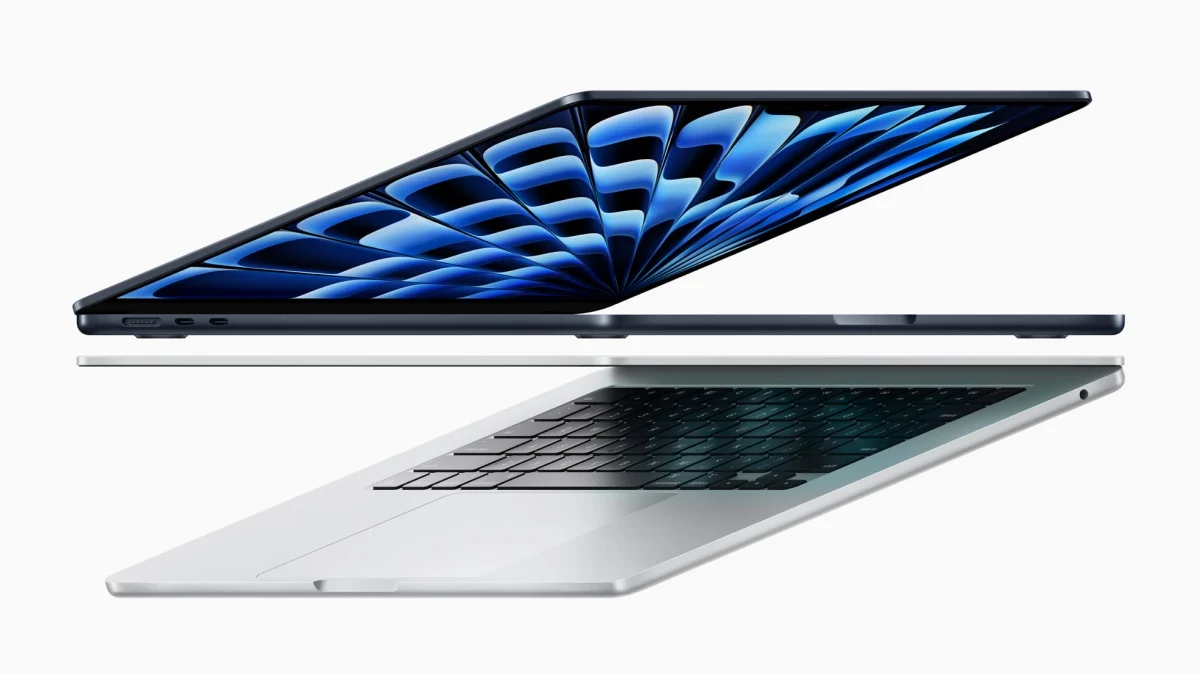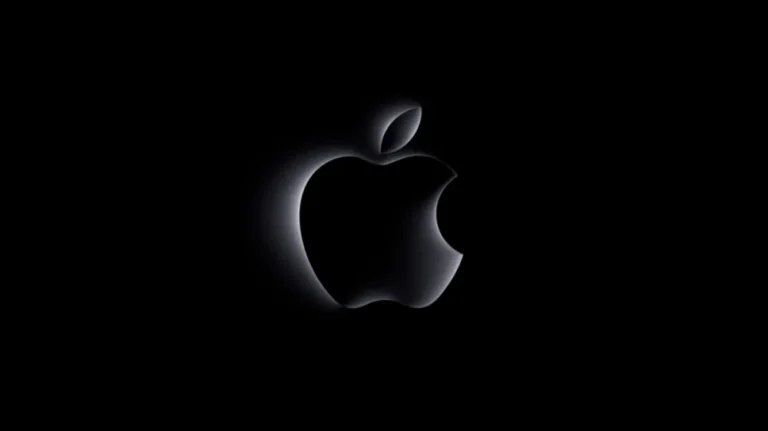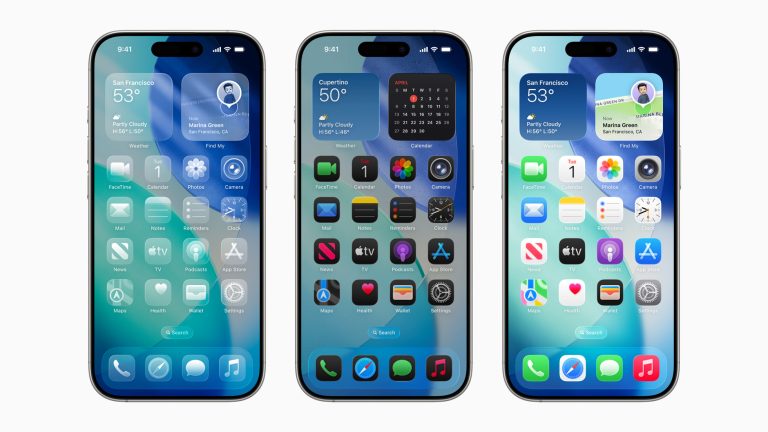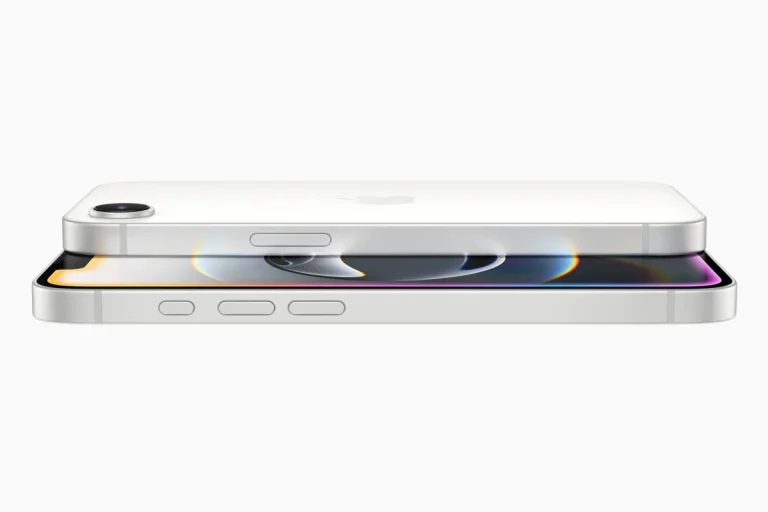
Renowned analyst Ming-Chi Kuo has indicated that Apple is planning to launch an entry-level MacBook powered by the A18 Pro chip, while also expanding its portfolio of wearable visual devices—potentially including the long-rumored smart glasses.
Apple has already transitioned its entire Mac lineup to custom-designed Apple Silicon processors based on the Arm architecture, fully replacing the previously used Intel chips.
According to current reports, Apple may repurpose the A18 Pro processor—originally designed for the iPhone 16 Pro series—to build a new entry-level MacBook model. This device is expected to feature a 13-inch display and come in a variety of color options, including silver, blue, pink, and yellow, aiming to attract students and users with basic performance needs.
In terms of pricing, this A18 Pro-powered MacBook is expected to be more affordable than the current MacBook Air, which starts at $999 USD. The new pricing strategy is anticipated to broaden Apple’s user base and stimulate overall Mac sales.
The new MacBook is projected to launch between late Q4 2025 and early Q1 2026, with Apple expected to ramp up Mac shipments throughout 2026. The device is positioned to compete directly with Google’s Chromebooks and entry-level Windows laptops developed in partnership with Microsoft OEMs.
Regarding Apple’s wearable visual technology, Ming-Chi Kuo predicts the release of an upgraded Vision Pro powered by the M5 chip, entering mass production in Q3 2025. Additionally, Apple plans to launch a lighter variant, the Vision Air, with production slated for Q3 2027. This model will reportedly adopt plastic and magnesium alloy materials, reducing its overall weight by approximately 40%, and will feature a processor similar to those used in iPhones.
Furthermore, Apple is expected to begin mass production of a significantly more powerful Vision Pro model in the second half of 2028, offering notable improvements in performance, price, and weight—making it more appealing to mainstream users.
As for smart glasses, Kuo believes the first-generation Apple Glasses, resembling traditional sunglasses, could enter mass production as early as Q2 2027. These glasses are expected to offer a variety of frame styles and materials, and include features such as voice control, gesture recognition, photo and video capture, and AI-powered environmental awareness.
Apple is also reportedly developing augmented reality glasses with integrated display technology. One such model may enter production in 2028, while another remains without a confirmed timeline. Meanwhile, the previously rumored wired glasses accessories, intended for use with iPhones or Macs, have reportedly been put on hold, though a future revival of the project remains possible.






